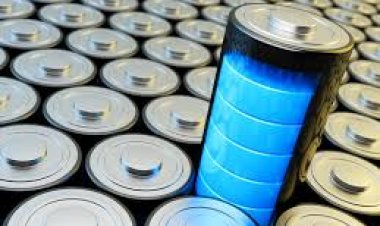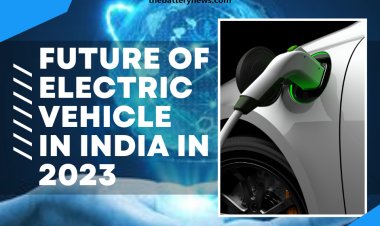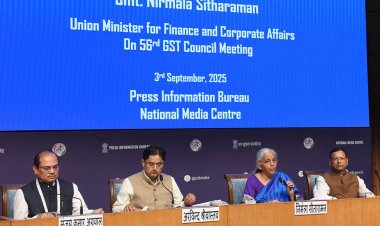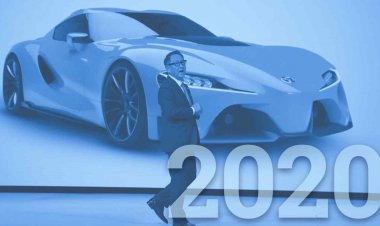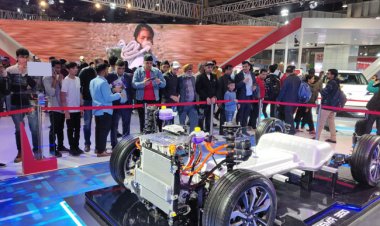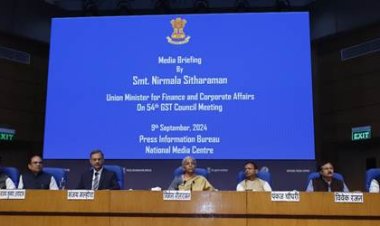INDIA’S ENERGY STORAGE MISSION
A Make-in-India Opportunity for Globally Competitive Battery Manufacturing

1.INTRODUCTION
In line with its aspiration to achieve 100 percent electric vehicle (EV) sales by 2030, India can rise among the top countries in the world in manufacturing batteries. To do so, however, will require a strategy designed to overcome India’s relatively weak initial position in battery manufacturing while claiming an increasing share of total battery value over time. India’s market for EV batteries alone could be worth as much as $300 billion from 2017 to 2030.i India could represent more than one-third of global EV battery demand by 2030 if the country meets its goals for a rapid transition to shared, connected, and electric mobility (Figure 1). Since the battery today accounts for about one-third of the total purchase price of an EV, driving down battery costs through rapidly scaling production and standardizing battery components could be a key element of long-term success for India’s automotive sector. India's EV mission could drive down global better prices by as much as 16 percent to $60 per KWh. Given the projected scale of its domestic market, India could support global-scale manufacturing facilities and eventually become an export hub for battery production.
FIGURE

Analysis by NITI Aayog and Rocky Mountain Institute (RMI) indicates that domestic battery manufacturing to supply the transition to EVs is an important market opportunity for the Indian economy. It would bring economic and social benefits from reduced oil imports, improved public health, and increased integration of renewable energy supplies into the electric grid. This analysis estimates that 25–40 percent of the total economic opportunity represented by battery manufacturing for India’s EV ambitions can be captured in India even under the least favorable scenario, where India imports all lithium-ion cells and assembles these cells into battery packs. As India’s battery manufacturing capabilities mature and supply chains are established, India will have the opportunity to produce both battery cells and packs, while importing only the cathode or its raw materials from mineral-rich regions. In this scenario, India stands to capture nearly 80 percent of the total economic opportunity. Figure 2 shows the value contribution of different battery components from Tesla’s gigafactory in the United States and the stages by which India could advance a make-in-India strategy for batteries that would capture progressively more value over time.
For More Info - Download PDF











